Turn any article into a podcast. Upgrade now to start listening.
Premium Members can share articles with friends & family to bypass the paywall.
The Soybean Triangle is not a geographic destination like the Bermuda Triangle. It’s more like a love triangle: a complex and contentious relationship involving three parties, where two would be more socially appropriate. The term was coined in 2024 by economists from the College of Agricultural, Consumer and Environmental Sciences at the University of Illinois to describe the ongoing competition between American and Brazilian farmers to sell soybeans in China.
Not too long ago, the United States was the world’s largest soybean exporter. China is the world’s largest soybean importer, accounting for almost two-thirds of global demand. Brazil, meanwhile, has made steady gains selling to China, eclipsing the United States for the first time in 2013. In conventional economic terms, this makes sense: Brazil has been gaining cropland, as befits an emerging economy, and the United States has been losing it, as one expects from a developed one.
On the surface it looks like a Thucydides trap in the making: Chinese demand for imported soybeans is a market that American farmers have dominated, historically, but competition from South America in general—and Brazil in particular—has been stiffening over the last two decades. Two trade wars launched by Donald Trump, one in his first presidential term and a sharply escalating one in his second, have altered the contours of the international soybean market. To continue the Thucydides trap analogy for a moment, imagine if the Spartans had responded to rising Athenian military power by unilaterally disarming. That’s in essence what tariffs have caused American soybean producers to do, because planting decisions are based partly on market conditions. Soybeans made up nearly 14 percent of total American agricultural exports by value in 2024, by far the largest share. The stakes are quite high.
Domestic demand for soybeans in the United States has increased: The growth of renewable energy means more biofuels made with soybean oil. Extensive medical research points to the benefits of vegetable-based as opposed to animal-based cooking fats. And all this is happening while Chinese demand for soybeans keeps going up as well.
Currently, however, the Trump administration is engaging in a battle of tariffs and counter-tariffs with China, which looks likely to price American soybean producers out of the market altogether while they are still trying to recover from the impact of his previous trade skirmishes. As of Monday, China’s tariffs on U.S. soybeans were well in excess of 100 percent.
In 2018, in what the Peterson Institute for International Economics dubbed the “Battle of the Soybeans,” Trump’s tariffs on Chinese steel were met with retaliatory tariffs as high as 25 percent on American crops, hitting soybean farmers the hardest. Between 2017 and 2018, U.S. soybean exports to China, which uses imported soybeans mostly as animal feed, fell from $12.3 billion to $3.1 billion. To bail out the farmers who had been largely shut out of the Chinese market, the White House pledged $12 billion in subsidies. By 2020, Trump and Xi had begun a climbdown on tariffs, with China agreeing to buy more U.S. exports, but well into the Biden administration the tariffs were still in place and American soybean farmers were facing what appeared to be a serious opportunity cost: Exports to China were almost back to 2017 levels, but where would they have been if Trump’s initial tariffs hadn’t prompted Chinese retaliation in the first place? By 2023, Brazil’s annual soybean exports had shot up to a record 3.74 billion bushels while U.S. soybean exports lagged behind at 1.79 billion bushels, less than half Brazil’s output, according to the U.S. Department of Agriculture (USDA).
Still, the USDA was not overly concerned about the future of the American soybean industry. Even as recently as February, when it published its annual Grains and Oilseeds Outlook for 2025-2026, the expectation was that prices would fall slightly due to increased global supply, and Brazil and Argentina would continue to increase their share of exports to China.. To offset that, however, was increased demand, driven by the need for soybean meal by livestock farmers and soybean “crush” driven by the needs of biofuel manufacturers. The report “assumes policy in place,” meaning these figures have been calculated under the assumption that the Environmental Protection Agency would leave in place rules under its Renewable Fuel Standard.
The soybean industry in the United States also has been weighing the potential impact of restrictions on seed oils, which Department of Health and Human Services Secretary Robert F. Kennedy Jr. has repeatedly referred to as “poison.” A recent study underwritten by the United Soybean Board projected that an outright ban would likely cost farmers billions of dollars per year in income. Lower soybean prices will lead to production cuts, which will then be passed on to consumers in the form of reduced meat supplies due to higher feed costs.
The United States and China are in an unprecedented economic showdown, with Trump “waiting for a call” in response to his threat to impose tariffs in excess of 100 percent on Chinese imports to the United States. For her part, economist Joana Colussi of the University of Illinois at Champaign-Urbana and contributor to Farmdoc Daily (and co-coiner of the “soybean triangle” phrase) cannot stress enough that this time is different for soybean farmers. “The situation they are facing is much more dire than in 2018,” she said. “The production costs nowadays are much different than they were in 2018. We have much more expensive fertilizers nowadays. The farmland is much more expensive nowadays. The margins nowadays are much lower, especially in commodities markets.”
Colussi wants people to grasp a specific point about agricultural commodities like soybeans. “If I have my iPhone, [Apple CEO Tim Cook] can say ‘This iPhone costs $1,000.’ He decides the price. But soybeans and corn are commodities. So it doesn’t matter if you are from Brazil, from Argentina, or from the United States, farmers cannot control the price.”
No one in the Trump administration appears to have anything against soybean farmers. The fact that such an enormous agricultural sector finds itself in the crosshairs of White House trade, energy, and health policies simultaneously speaks to the enormity of the changes the United States is currently undergoing. “Whoever surrenders first becomes the victim,” an unnamed Chinese policy adviser told Reuters on April 8. He may not be correct. American soybean farmers may be the first victim claimed by the trade wars of 2025, without even being given the chance to surrender.
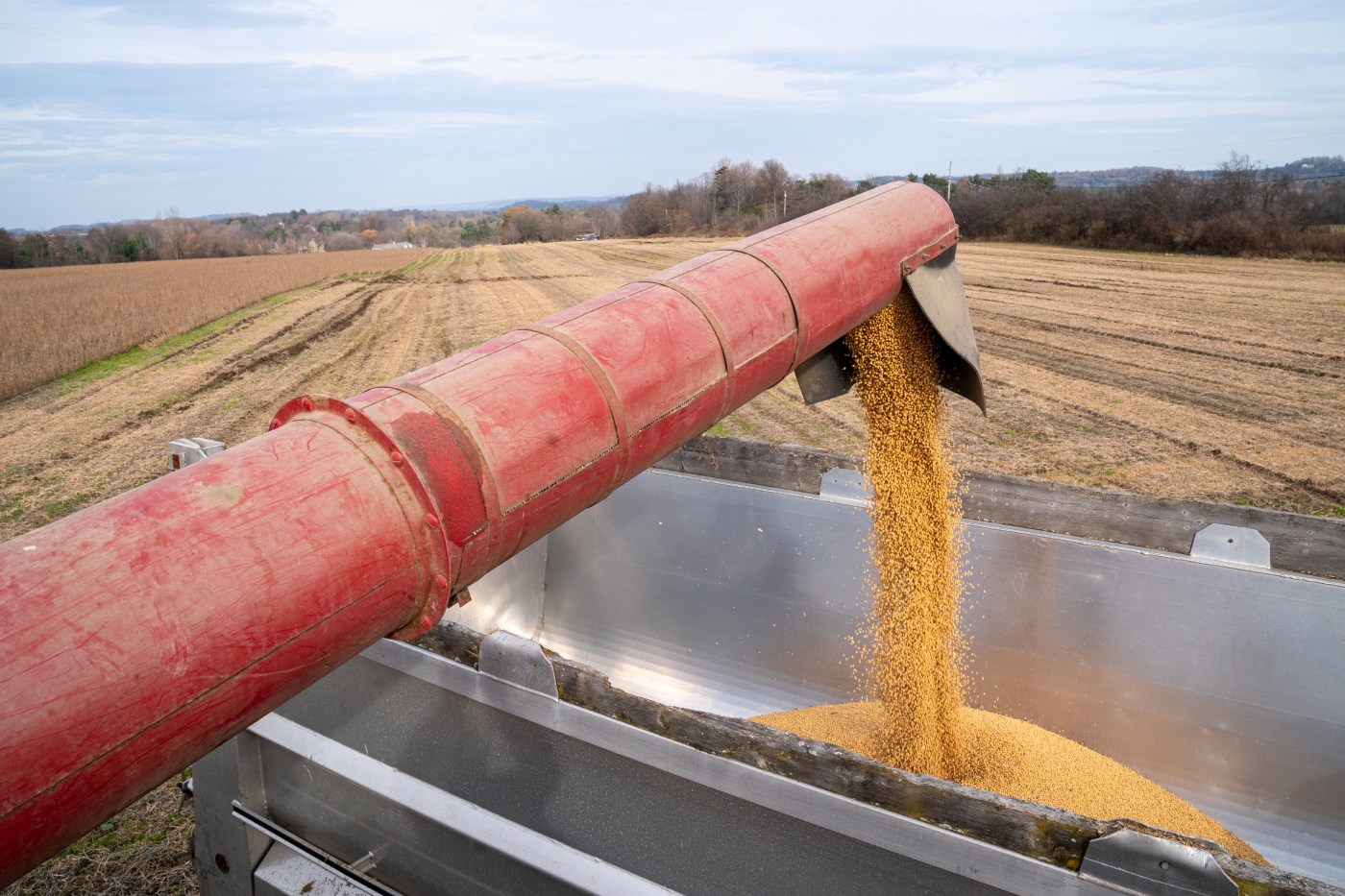
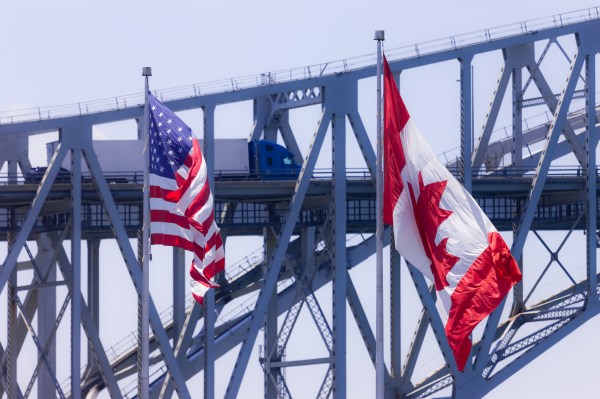

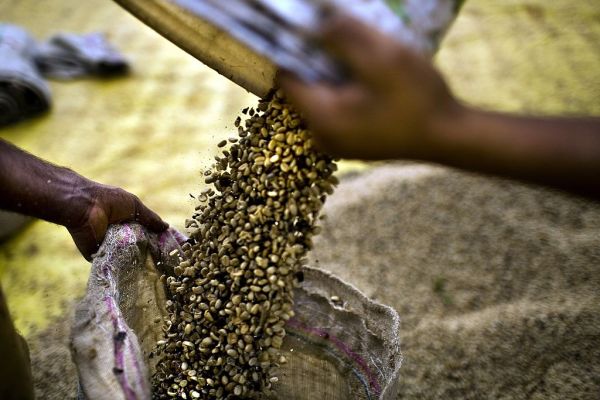
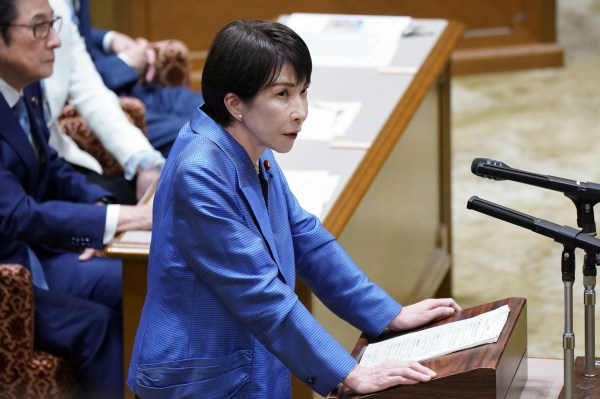
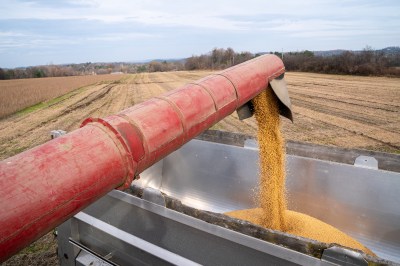
Please note that we at The Dispatch hold ourselves, our work, and our commenters to a higher standard than other places on the internet. We welcome comments that foster genuine debate or discussion—including comments critical of us or our work—but responses that include ad hominem attacks on fellow Dispatch members or are intended to stoke fear and anger may be moderated.
With your membership, you only have the ability to comment on The Morning Dispatch articles. Consider upgrading to join the conversation everywhere.